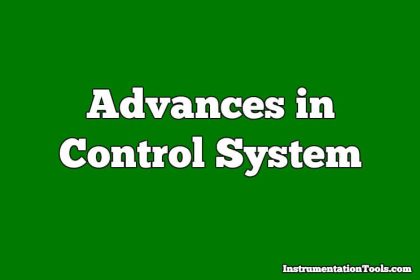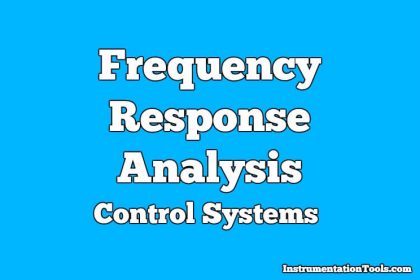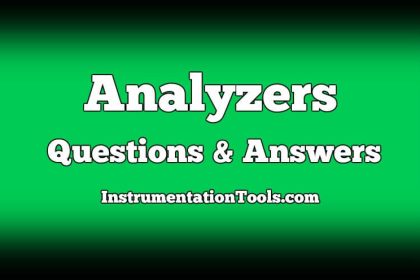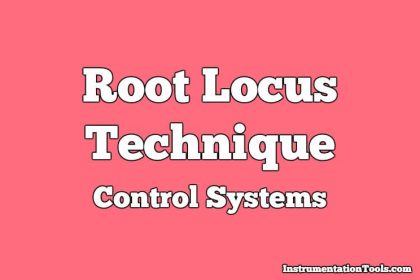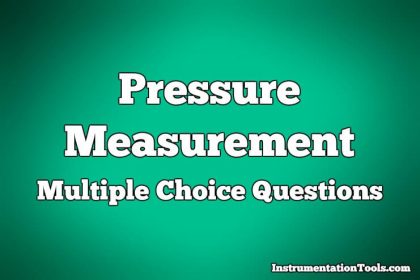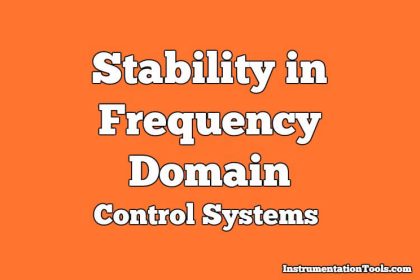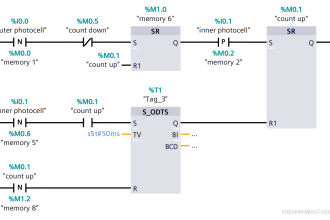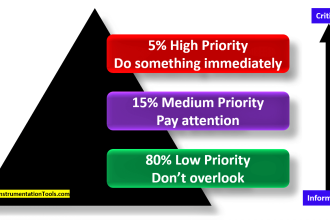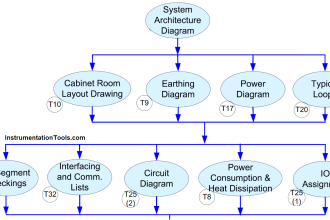Constructing Phase-Trajectories
1. In liquid level and electrical system analogy, voltage is considered analogous to :
a) Head
b) Liquid flow
c) Liquid flow rate
d) Air flow rate
Answer: a
Explanation: In liquid level and electrical system analogy, voltage is considered analogous to the head which can be pressure head that is the potential energy.
2. The viscous friction co-efficient, in force-voltage analogy, is analogous to:
a) Charge
b) Resistance
c) Reciprocal of inductance
d) Reciprocal of conductance
Answer: b
Explanation: The viscous friction co-efficient in force-voltage analogy, is analogous to resistance of the electrical circuit that can be found out mathematically.
3. In force-voltage analogy, velocity is analogous to:
a) Current
b) Charge
c) Inductance
d) Capacitance
Answer: a
Explanation: In force-voltage analogy, velocity is analogous to the current in force-voltage that is also called series circuit.
4. In thermal-electrical analogy charge is considered analogous to:
a) Heat flow
b) Reciprocal of heat flow
c) Reciprocal of temperature
d) Temperature
Answer: d
Explanation: In thermal-electrical analogy in which heat transfer in the wire or conductor can be related to the temperature.
5. Mass, in force-voltage analogy, is analogous to:
a) Charge
b) Current
c) Inductance
d) Resistance
Answer: c
Explanation: Mass, is analogous to the inductance in the force-voltage analogy in the series form as all the elements of the circuit are connected in the parallel.
6. The transient response of a system is mainly due to:
a) Inertia forces
b) Internal forces
c) Stored energy
d) Friction
Answer: c
Explanation: The transient response of the system is mainly due to stored energy as it is due to the initial conditions which is nothing but the stored energy.
7. ___________ signal will become zero when the feedback signal and reference signs are equal.
a) Input
b) Actuating
c) Feedback
d) Reference
Answer: b
Explanation: Actuating signal is the difference between the feedback signal and the reference signal and when both of the signals are equal then the signal is zero.
8. A signal other than the reference input that tends to affect the value of controlled variable is known as
a) Disturbance
b) Command
c) Control element
d) Reference input
Answer: a
Explanation: Disturbance signal is also the reference signal only there can be multiple inputs in a control system or the other input is called the disturbance signal.
9. The transfer function is applicable to which of the following?
a) Linear and time-in variant systems
b) Linear and time-variant systems
c) Linear systems
d) Non-linear systems
Answer: a
Explanation: The transfer function is different from the state space approach as the transfer function approach is similar to the LTI systems only while the state variable analysis is applicable to the non-linear time variant systems also.
10. From which of the following transfer function can be obtained?
a) Signal flow graph
b) Analogous table
c) Output-input ratio
d) Standard block system
Answer: a
Explanation: The transfer function can be obtained by using signal flow graphs from among these given methods.
